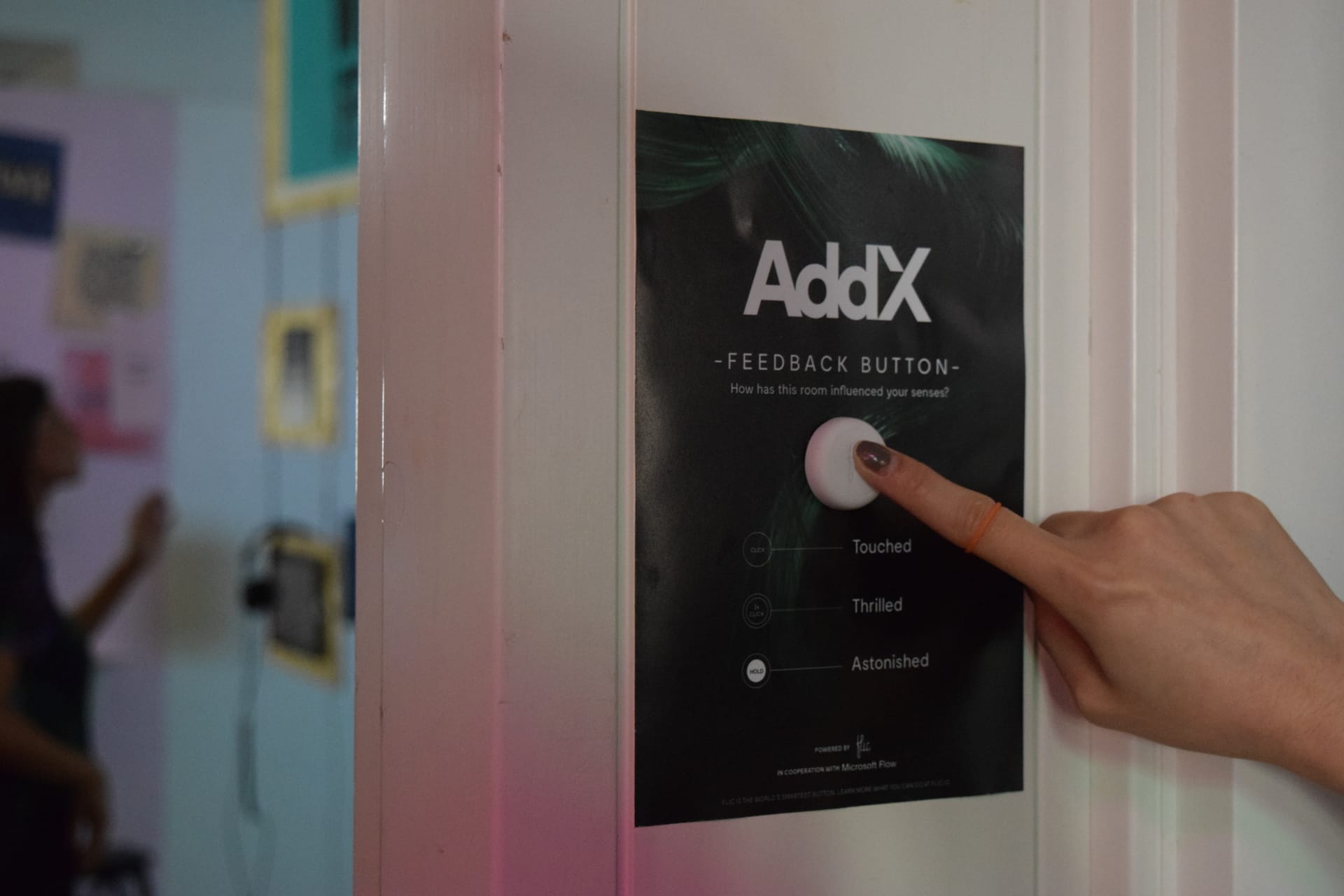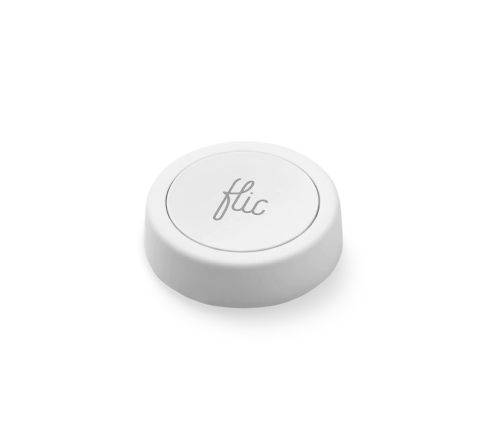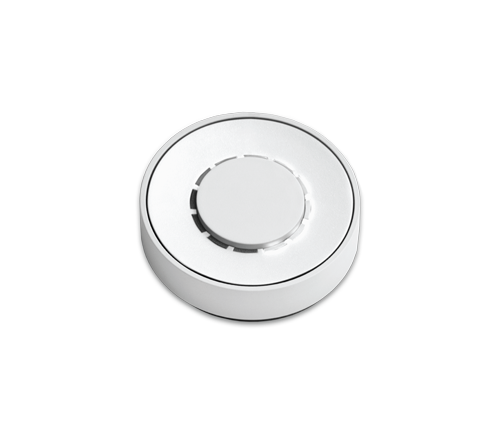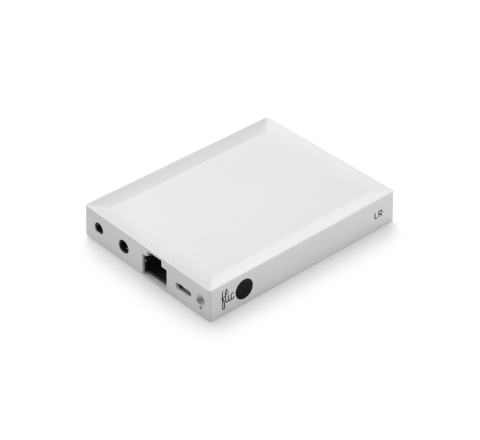Today, I am proud to announce that we have signed a deal with our first B2B client for the Flic Hub!
At Shortcut Labs, we always value creativity before anything else, especially formal processes and procedures. After the Flic launch, we did, however, learn the importance of continuous testing.
The Flic Hub is the perfect example on how we let creativity spur innovation and how early testing with real customers not only improved the product but also made it possible for us to launch a B2C- and a B2B line simultaneously.
The Flic Hub was not a business decision.

Despite no formal decision from the management, Fabian, one of our engineers, spent his last X-mas break working on the Hub. He had noticed that more and more users expressed their frustration over the smartphone dependency and Fabian himself, he also liked the idea of a Flic hub.
An alpha version of the Hub was ready for internal testing in late February 2017.
Since then, the team has made hundreds of iterations, big and small, more or less on their spare time, and almost always without anyone – or any business case – asking them to do so.
Creativity spurs innovation
One of the more notable things is an algorithm that our Lead Wizard Emil wrote. The algorithm makes it possible for the Hub to be connected to 64 buttons simultaneously, with next-to-zero delay. We’re not humble about this achievement – our industry partners are as stunned as we are and no-one has seen (nor would probably be able to replicate) anything similar.
Granted, 64 buttons at the same time may be too much for the regular smart-home use case, unless you want to build a piano. But for businesses and industries, the implications are huge. Ever since we started talking about the Flic Hub’s capacity, business opportunities and partner requests have been flowing in, way over our heads and sales capacity.
What can you do with 64 wireless buttons in a business environment? Here is a fun example that a big sales company wanted to do:
Give each sales person a Flic Button on their desk.
- Click when they close a “small sale” – Slack in #sales and flash the room in green.
- Double click for a “medium sale” – Notify everyone in the sales channel, flash the room in red and play a siren sound.
- Hold for a “large sale” – Notify the entire company, flash the office in red for a long time and play the Imperial March. Message the office manager to bring champagne.
Live customer beta testing
To the team and me, testing of the Flic Hub is critical, and something we will not compromise on (we don’t want to repeat the mistakes of the first batch of Flics).

We have been running beta tests with real customers for the past four months. Without involving users early on, we simply would not know if our assumptions are right until it is too late.
Testing beta versions on loyal users are one thing, but some eyebrows were raised in the team when we set out to find live environments, with paying customers, and end-users not familiar with neither Flic nor the Flic Hub. But our curiosity overcame the fear of failure. If we couldn’t identify problems to solve and a business case to scale – why spend time on building it?
Instead of developing features for each idea that we had, (which we yet didn’t know would be attractive or not), we made the Hub compatible with Microsoft Flow, the latest contribution to automated workflows. Only by integrating Microsoft Flow, we could easily enable 100+ services for the Hub.

Flow allowed us to to be agile and test almost any request coming in from our sales pipe, without losing speed on our overall roadmap for the Hub.
One of the first live pilots we did was at Bergh’s School of Communication’s graduation show, AddX. We placed Beta hubs strategically on three different floors and set up Flic buttons in proximity to various exhibitions. Visitors interactions with the buttons were captured in a Google Sheet through Microsoft Flow and linked to a Dashboard – where the organizers could follow the visitor’s feedback.

We recorded more than 1000 interactions over the 3-day event, and we received a lot of constructive input from both visitors and the organizers.
The first big business case
So why am I so excited today? The Flic Hub is not only a big consumer success (judging from our crowdfunding campaign) but a business-to-business success as well.
Last week, in a pilot with one of the largest players in the Nordic hospitality industry, we successfully demonstrated how to connect 300 Flic buttons to 7 different Hubs.
We showed that any Flic button will work with any of the 7 Hubs and that different actions will be triggered dependent on which Hub the button is currently connected to.
The client, the use-case and the images? Sorry, secret. The outcome? Because we could prove the Hub’s capacity, we sealed our first Flic Hub business contract!
Stay tuned; we will share all details once the project goes live in September.
With Love,
Elin







